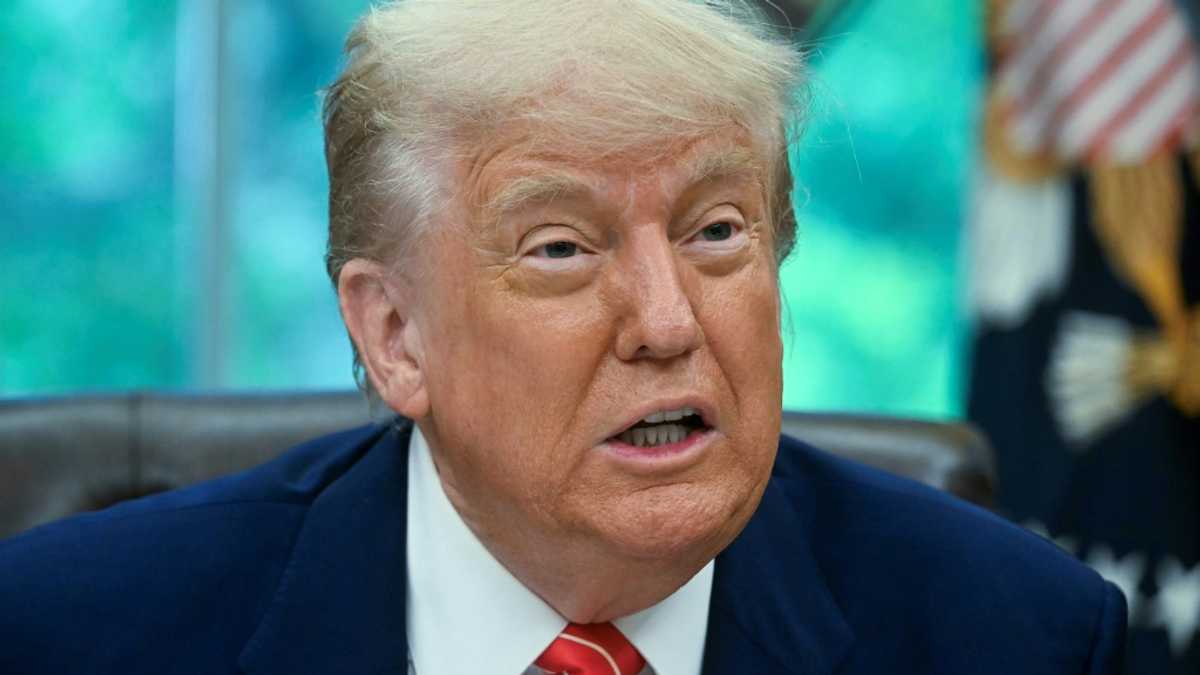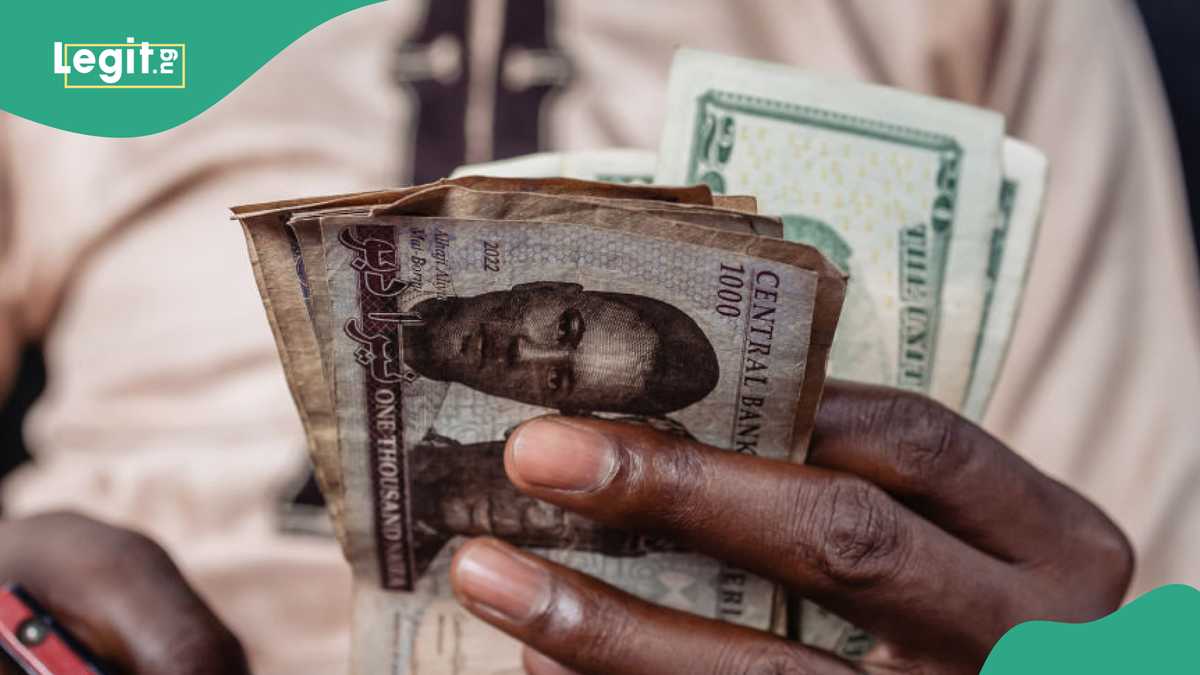Trump's 26% reciprocal tariff on imports from India: Here's how auto, pharma and IT space may fare
US President Donald Trump as part of his sweeping reciprocal tariff measures has levied a 26 per cent tariff on imports from India. The announcement comes as he calls India's tariffs as 'very, very tough'. Further, he calls his move as a 'kind reciprocal' as the tariffs levied are half of what India levies on US products.
Trump laid out the U.S. “reciprocal tariff” rates that more than 180 countries and territories, including European Union members, will face under his sweeping new trade policy. Referring April 2 as "Liberation Day", a minimum 10 per cent tariff on all exporters to the US and slap additional duties on around 60 nations with the largest trade imbalances with the US. That includes substantially higher rates on some of the country’s biggest trading partners, such as China — which now faces a tariff of at least 54% on many goods — the E*uropean Union and Vietnam*. However, Canada and Mexico have been spared from additional tariffs. India, facing 26 per cent tariffs, has been subject to what Trump describes as 'discounted' reciprocal taxes.
Even though some analysts hail the measure and see it to bring key manufacturing capacities back to the US, some believe that the duties may result in fresh trade barriers.
These tariffs, aimed at counteracting high import duties imposed by these countries on US goods, will have both short-term and long-term implications for India’s economy, trade relations, and currency markets.
Devarsh Vakil, Head of Prime Research, HDFC Securities noted thta the fine print of President Trump's executive order indicates that reciprocal tariffs won't apply to autos, semiconductors, steel, aluminium, copper and other products already targeted or potentially still to be targeted by sectoral tariffs.
As we write, GIFT Nifty futures- an early indicator of market movement traded weak by 1.17 per cent or 273.95 points at 23,165.
Here's how analysts view the move to pan out for Indian markets and its different sectors









